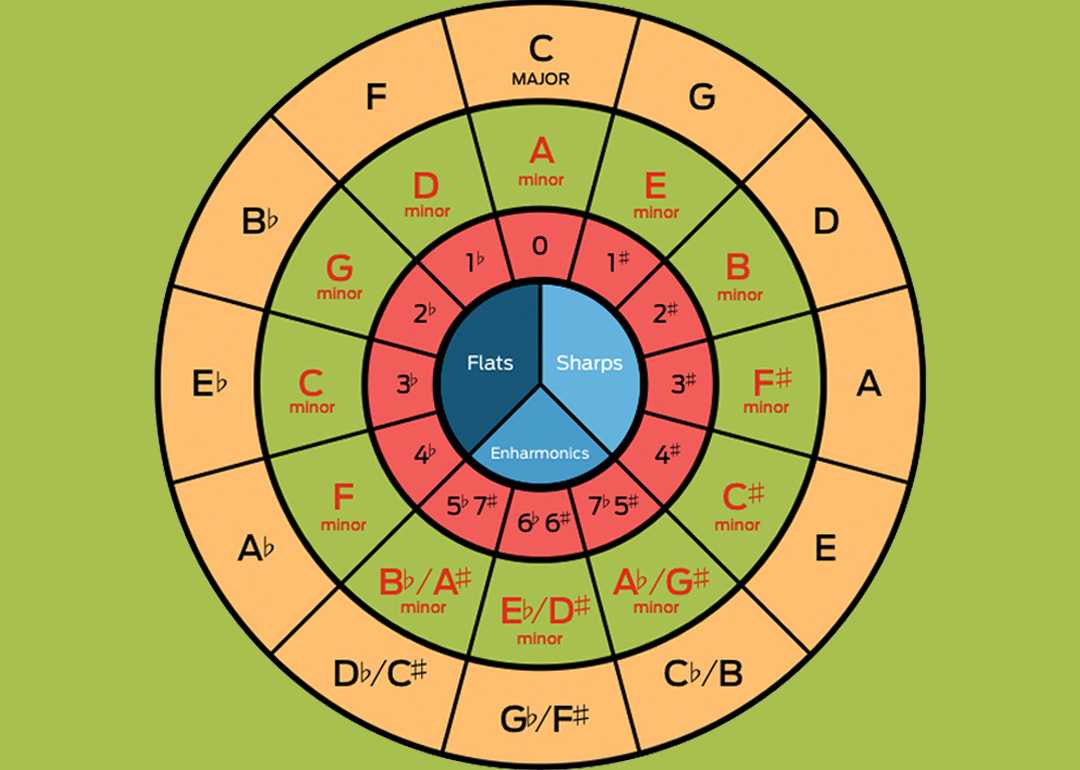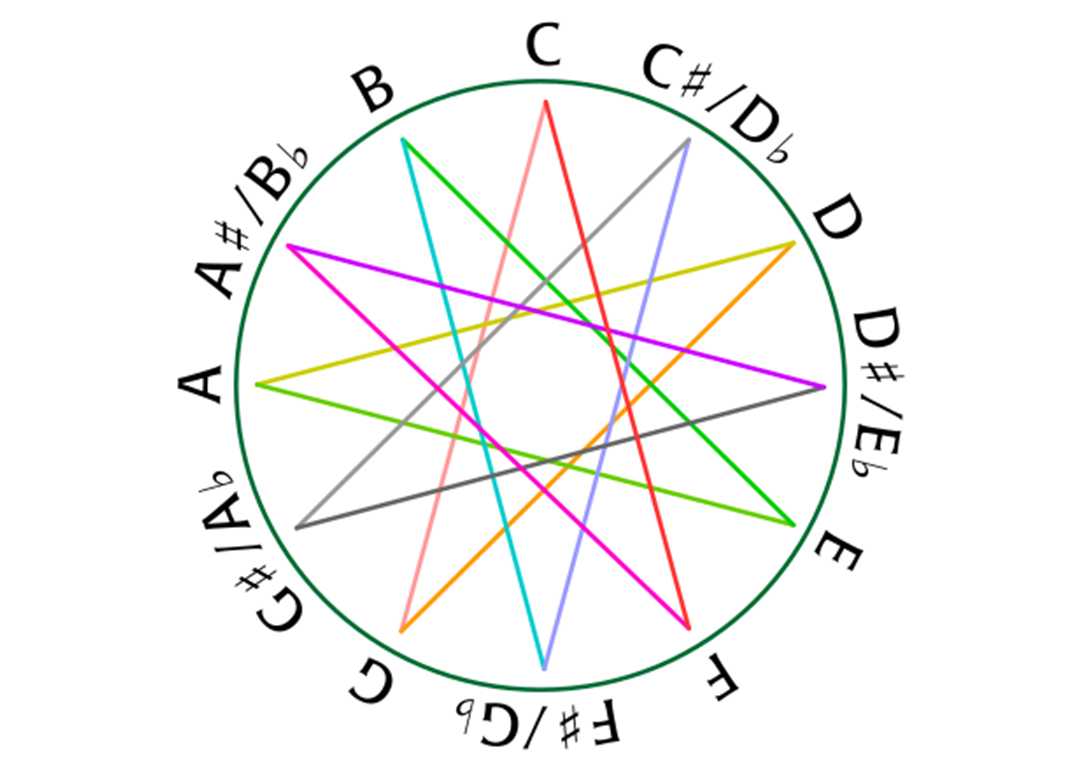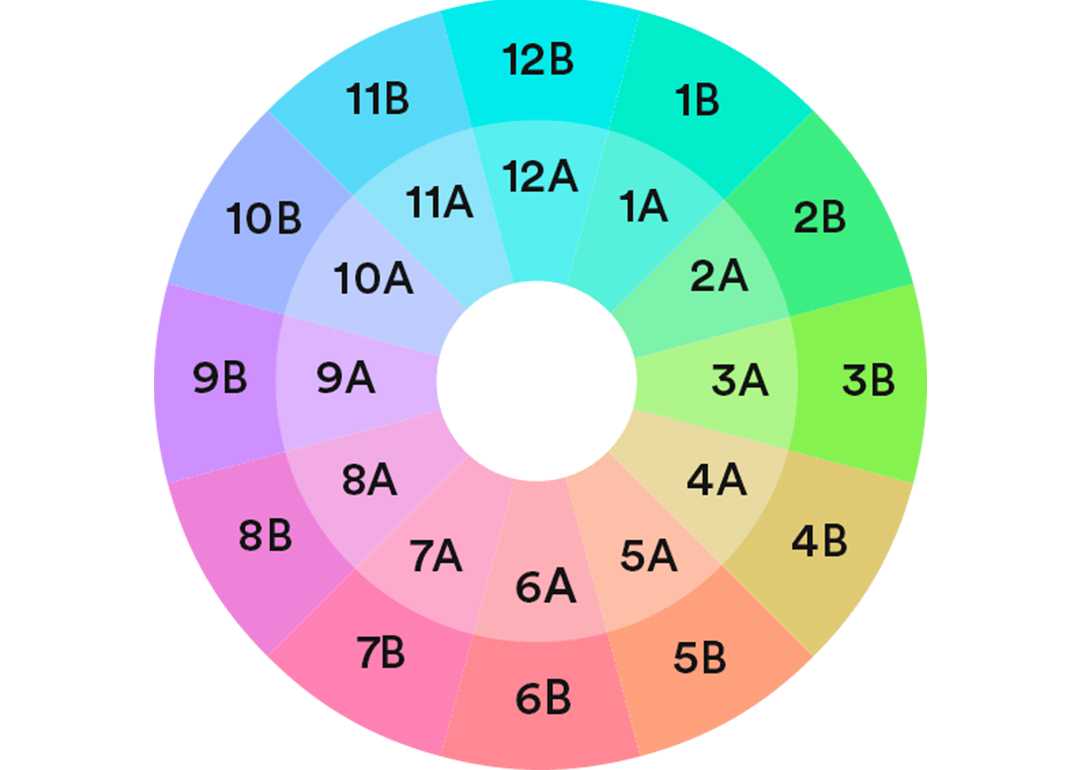Like it or not, knowing a few things behind the theory of how to write music can make your life infinitely easier. And, we can’t think of a more useful tool in this case than the circle of fifths. Today, we’re going in deep on this topic, discussing what it is, why it works, how to use it, and even how it can improve your DJ sets. Let’s get started!
Have you ever wondered why some chord progressions just sound good, whereas others…might not? For example, if you’ve spent any time in a DAW, you’ve probably tried laying down a chord progression. No matter if you’re classically trained and can actually play chords, or if you’re just smashing samples together, you’ll notice that some sequences work, and others just don’t.
Sure, it’s easy to chalk this up to simply being “magic.” In fact, whenever first learning the basics of nailing a track, we often tell producers not to be overly worried about technical details. Instead, we tell them to focus on getting the damn thing done!
But, for those producers who are jet set on learning more about why music is the way it is, it can help to understand the basics behind why concepts like the circle of fifths work.
These 12 pitches serve as the root for each and every chord in existence. Minor, major, diminished, dominate, whatever. In music, they make up everything. All that the circle of fifths is a graphic representation of this. Within the circle, every chord (or key, for that matter) is just seven half steps away from its neighbor in the circle.
Alas, seven half steps are known as a “fifth.” Hence the name. See how that works? In other words, the circle of fifths is your friend. Once you understand how keys work, the circle of fifths presents itself as a visual way of seeing the relationships between the 12 pitches.
If you’re like us, and want a clever little saying to commit the Circle of Fifths to memory, look no further. As you can see, the circle of fifths reads (on the right half) as follows…
C, B, D, A, E, B, F.
So, why not remember it as such?
Caroline Gets Drunk And Eats Butterflies.
Correspondingly, the left half reads as such…
C, F, B, E, A, D.
Caroline fondles BEAD.
Yeah, yeah. We know. Caroline sounds like a freak. But, you’ll have trouble forgetting the circle of fifths with sayings like that. Just try and forget that phrase. And, to give credit where credit is due, shout out to Michael New for this clever pneumonic device!
Once you understand both why the circle of fifths matters, you can begin using it to improve your productions.
It’s important to remember that the circle of fifths is applicable to chords, notes and keys alike. The circle of fifths can, and should, be used in all three fashions.
Using the circle of fifths as an arrangement of notes can be extremely useful whenever dissecting what notes makes up a chord. For example, a major chord is made up of 1-3-5 sequence of notes. 1 is the root note, and 3 are the “major third.” This would mean it is two whole steps up from the root note.
The third, note, however, is a fifth. If you know your circle of fifths, you would be able to deduce what precisely the fifth of your root note is. For example, in the case of C Major, the individual notes would be C, E and G.
And G is, you guessed it, the fifth. Alas, the circle of fifths can save you time when piecing together the notes that fuel your next big tune.
While you can certainly think of the circle of fifths as a set of notes, you can also think of them as chords. Assume you are working in the key of B flat. The root chord of this particular key is none other than B flat major. Now, any musician worth their salt knows that there are two chords that matter most in any given key: the root key, and the dominant chord, or the fifth.
Now, normally, remembering what is the “five” chord of B flat is can be difficult. But, if you consult the circle of fifths, you will see that it’s just one step away from B flat.
Presto. It is F.
Now, while the circle of fifths is extremely useful as a note finder and a way of writing chords, its most useful application is as a key map. When looking at the circle of fifths as a map of keys, you can quickly see which keys are “similar” to one another.
For example, C and G are right next to one another on the circle of fifths. Correspondingly, both of them have all of the same notes. The only difference is that of an F sharp in the key of G as opposed to an F in the key of C.
Following so far? Good.
Now, knowing that both C and G are closely related to one another reminds us that a key change between the two is possible. The hardest part of a key change is getting each of your notes to work in sequence with a new set of chords. If, however, you only have one note that could possibly be dissonant, you’ll have a much easier time in doing so.
When looking at the circle of fifths, you will be able to quickly tell which keys are closely related to one another, and which are not. On the converse, it becomes clear that changing from, say, the key of C to that of F sharp would be nearly impossible without sounding extremely abrupt.
This is known as shifting a semitone. In fact, it is a technique that can actually work better in the club than in the studio.
How, you ask?
Well, the key mapping function of the circle of fifths is so useful that even DJs have begun using it to craft high quality, harmonic mixes.
That’s right. Learning the basics of musical theory and melody construction will help you out immensely, but, there are numerous ways to inject a creative dose into your music.
And, we can show you the show.
Note: Pioneer’s Rekordbox added the ability to scan your collection for key notation in early 2019.
One of the most daunting tasks for any new music producer is understanding theory. That being said, the circle of fifths is a helpful tool that can help you to begin to nail the task. But, it’s important to remember that understanding the basics of music theory is just one way of improving your music.
In fact, some producers manage to cook up some very delicious melodies without knowing an ounce of music theory. Sure, knowing the basics of the circle of fifths can be a huge timesaver. But, to say that advanced knowledge of the technical aspects of theory is essential to writing great music would an outright lie.
And, it’s for this exact reason that we’ve put together the Toolroom Academy Creativity Unlocked Programme.
Creativity Unlocked is not your typical music production course. Unlike our Foundations Program, which teaches you the basics of working in your DAW, Creativity Unlocked is for those who can already make tracks but feel their music is missing that all-important “something.”
There’s no denying that in today’s music scene, breaking through is tougher than ever. With the production of Electronic music becoming something that anybody with a laptop can start doing, it takes little to see that having the ability to create memorable, hooks, basslines, and melodies will either make or break your career as a producer. And yes, the basics of the circle of fifths is just one of the many tools we teach here at Toolroom Academy.
Luckily for you, there are countless other equally useful tools you should be keeping in your arsenal at all times to make your tracks the very best they can be.
If you wish to dive into a program that shows you, step by step, on how to create the most memorable records imaginable (with or without music theory) look no further than Creativity Unlocked.



